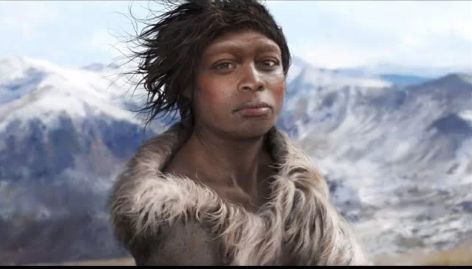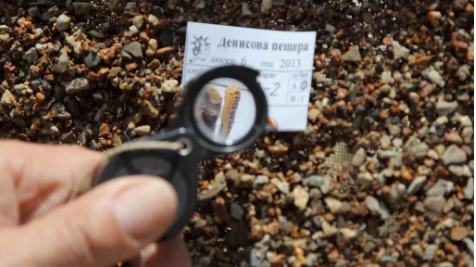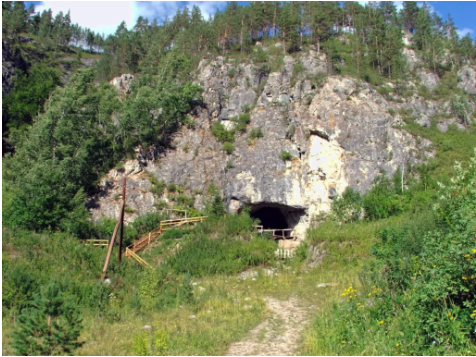
The oldest remnants of the Denisovan human lineage have been found by scientists. For the first time, utilizing these 200,000-year-old bones, researchers have discovered stone items linked to these ancient forebears of modern humans, reports a new study.
Our first tantalizing glimpse of the Denisovans came in 2010 thanks to a DNA analysis of a tooth and a small finger bone found in a cave called Denisova in the Altai Mountains of Siberia.
With only four pieces of bone, teeth, and a jawbone found in Tibet, the fossil record for these enigmatic people is incredibly thin.
However, research on their DNA has shown that, some 765,000 years ago, they shared an ancestor with both our species, Homo sapiens, and the Neanderthals.
Our branch of the human family tree stayed in Africa after this ancestor population split, whereas the Neanderthal/Denisovan branch went into Eurasia.

The Eurasian branch split 430,000 years ago, resulting in the emergence of the Denisovans in the east and the Neanderthals in the west of the continent. Although the exact cause of the break between the Denisovans and Neanderthals is unknown, a recent idea suggests that the early humans were divided into the east and west groups mentioned above when the Arctic ice sheet slid southward to the Black Sea, shutting off Europe from Asia.
Based on current knowledge, Denisovans have at least two breeding locations where they are related to modern humans: East Asia and further southeast in Indonesia or Australasia.
Experts have discovered three more Denisovan fossils in Denisova Cave. Their estimated age of 200,000 years makes them the oldest Denisovans found to far, according to scientists. The oldest Denisovan specimens that have been discovered thus far have ages ranging from 122,000 to 194,000 years.
Researchers examined 3,800 bone pieces from Denisova Cave for the current study. Based on earlier DNA study, scientists looked for proteins that they knew were Denisovan.
Five human bones were found by the experts among the remnants. Three of them were Denisovan, and one was Neanderthal, the other four had enough DNA to be identified. Based on genetic similarities, two of these fossils could have come from the same individual or from related individuals.
According to research author Katerina Douka, an archaeological expert at the University of Vienna in Austria, “we were extremely excited to identify three new Denisovan bones amongst the oldest layers of Denisova Cave,” she told Live Science. “Our strategy worked; we specifically targeted these layers where no other human fossils had been found before.”

Based on the soil strata in which they were found, the researchers estimated the age of these Denisovan fossils. Numerous stone artifacts and animal bones found in this strata may also offer crucial archaeological insights on Denisovan lifestyle and behavior. Previously, Denisovan fossils were exclusively found in layers that either contained Neanderthal material or in levels free of such archeological material.
These recently found Denisovans lived in an environment with open grasslands and broad-leaved woodlands, and they did so at a temperature that was warm and comparable to modern times, according to a previous study. Butchered and charred animal remains found in the cave suggest that the Denisovans may have consumed deer, gazelles, horses, bison, and woolly rhinoceroses.
“We can now be certain for the first time that the archaeological remains we discovered connected to their bone fragments were made by Denisovans,” stated Katerina Douka.
The majority of the stone objects found in the same layers as these Denisovan fossils are scraping tools that could be used to handle animal hides. According to scientists, the river probably helped the Denisovans in their hunting endeavors, and the raw materials for these items most likely came from river silt directly outside the cave’s mouth.
The stone tools linked to these new fossils have no direct counterparts in North or Central Asia. However, the researchers found that they had several characteristics with artifacts found in Israel between 250,000 and 400,000 years ago, a period linked to significant advancements in human technology, including the widespread use of fire.
